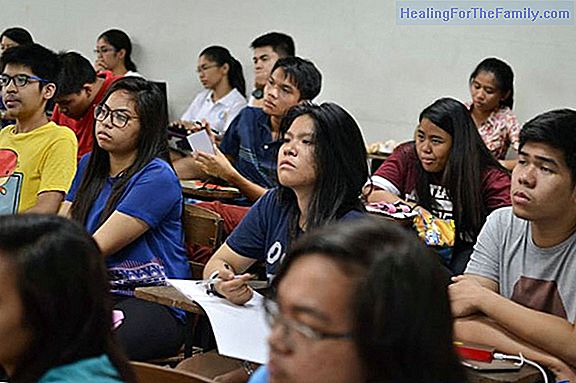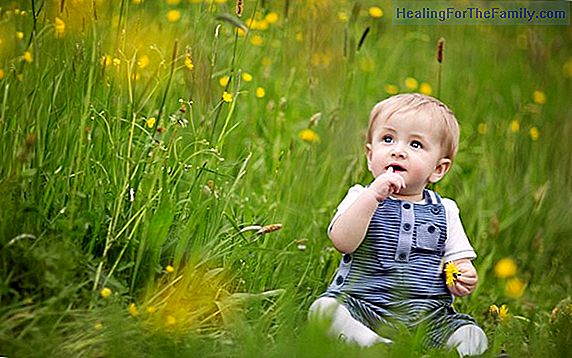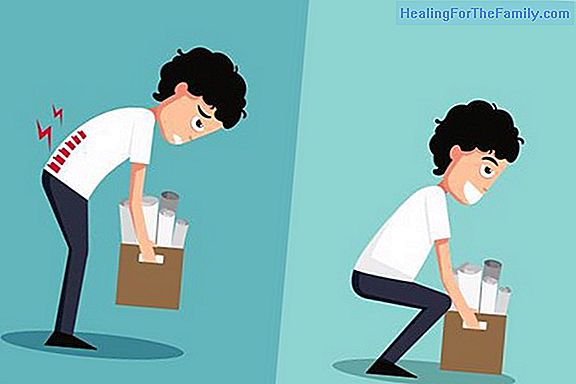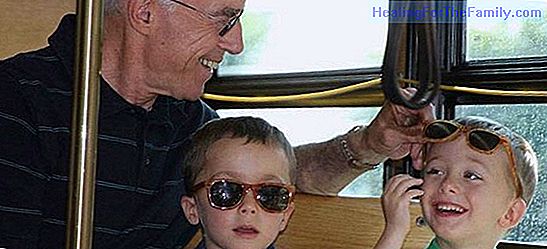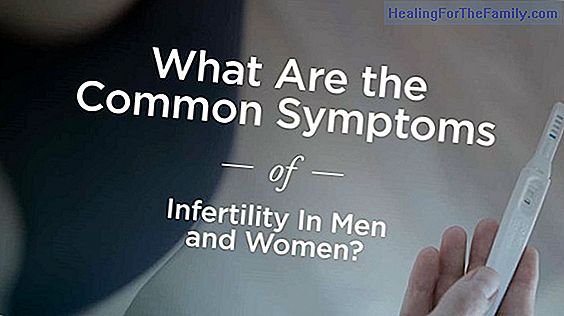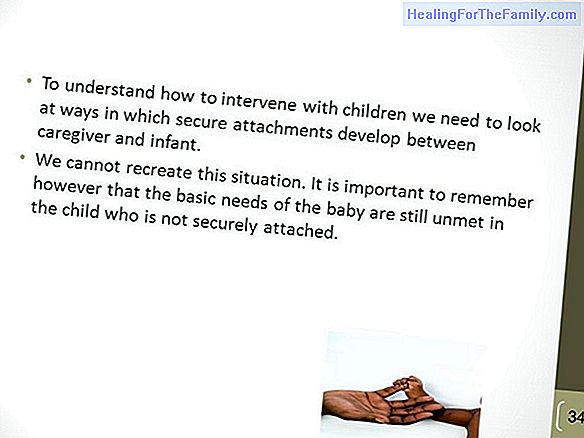How self-esteem evolves in childhood
Self-esteem is how each person values their own abilities, qualities and competences. and it is related to the goals that one proposes. For example, a child who values being good in sports, but does not get to be the best, may have a negative assessment of himself in that aspect. The dimensions
Self-esteem is how each person values their own abilities, qualities and competences. and it is related to the goals that one proposes. For example, a child who values being good in sports, but does not get to be the best, may have a negative assessment of himself in that aspect.
The dimensions that are relevant in the self-esteem of boys and girls change with age, this is how self-esteem evolves in childhood.
The development of self-esteem in childhood
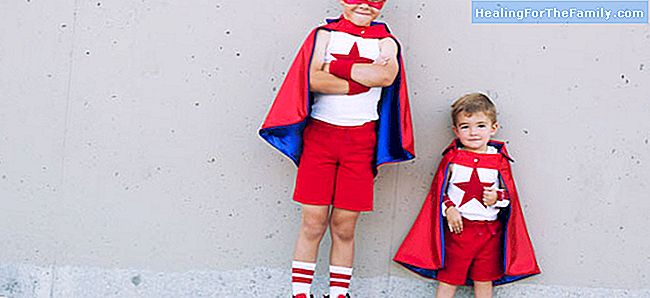
To assess self-esteem in early childhood, between 4 and 7 years, we can talk about at least four different and relevant areas in these ages:
- Physical competence.
- Cognitive-academic competence.
- Acceptance by peers
- Acceptance by parents.
Since the preschool years, boys and girls seem to be able to describe how competent or skillful they are in each of the previous dimensions, being able to vary their self-esteem in childhood considerably from one domain to another. Self-esteem is built as well as self-concept from early childhood and is gradually becoming more complex as the development progresses.
- Around 6 years old there is a significant change in relation to self-esteem and it is the importance that peers acquire, the children with whom they interact on a daily basis. Each time there is a greater social comparison and the evaluations that they make of themselves are more objective and realistic, (before the age of 6 children usually have a very positive self-esteem).
- As of 7-8 years, self-esteem consolidates and has a more global character than in previous ages. In the development of self-esteem, family educational practices seem to have a decisive influence on the development of a more or less positive self-esteem, but they are not the only source of influence. The relationships with other children, teachers, classmates, the different scenarios in which they participate (school, neighborhood, extracurricular ...), acquire great importance in the construction of this self-esteem from 7-8 years.
External influences on children's self-esteem
But this does not mean that the only thing children rely on to value themselves positively or negatively has to do only with what others think of them. Self-esteem also depends on the personal characteristics of each child, that is, that the child gives importance or not to certain aspects of himself, (I am not very skilled in sports, but the sport does not matter to me because what I like is music and I'm very good at that).
In short, self-esteem and self-concept are built since we are very small, and although it may not seem so, the comments that children receive from other classmates, teachers and parents will influence them. Mot The nicknames, teasing, comments, do not affect all children equally, but they influence. A child who feels accepted, loved, who feels that others value him, who trust him, trusts more in his own abilities than another who receives ridicule and criticism. And in the same way, a child who feels valued is less vulnerable to nicknames or comments than one who is more insecure or has a less positive self-concept.

